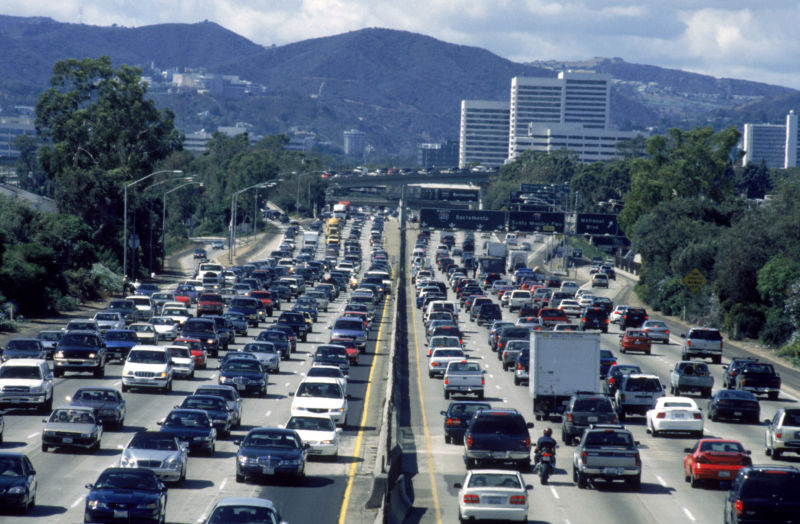
Enlarge / The average car or light truck on US roads is 11.8 years old. (credit: Harvey Schwartz | Getty Images)
The last few years have seen a rather bitter fight over vehicle pollution between the federal government and California, with automakers taking sides. In August 2012, during the Obama administration, the US Environmental Protection Agency announced new standards aiming to reach a target of 54.4mpg (4.3l/100km). But with the change of administration at the beginning of 2017 came a change in those priorities.
At the time, I described the new target as "pathetic." But here's the truly scary thing—as unambitious as it was, it would still represent a 50 percent increase in efficiency compared to the existing US light vehicle fleet. According to a new analysis at Green Car Congress, if you analyze the average miles driven per gallon of fuel each year, the US has made almost no progress between 2008 and 2019.
The Environmental Protection Agency versus California
Shortly after the beginning of the Trump administration, the EPA gave notice that it was less interested in cleaning up vehicle emissions. Additionally, the EPA called out California, which has a waiver that gives its California Air Resources Board the power to regulate air pollution from vehicles within the state's borders. (Colorado, Connecticut, Maine, Maryland, Massachusetts, New Jersey, New York, Oregon, Rhode Island, Vermont, and Washington also participate in the so-called Zero Emissions Vehicle program, taking their lead from CARB.)
No comments:
Post a Comment